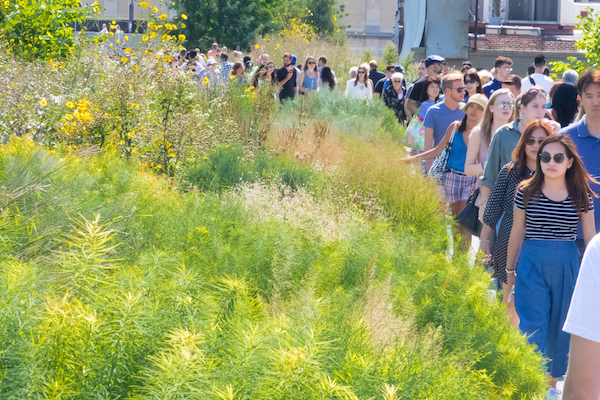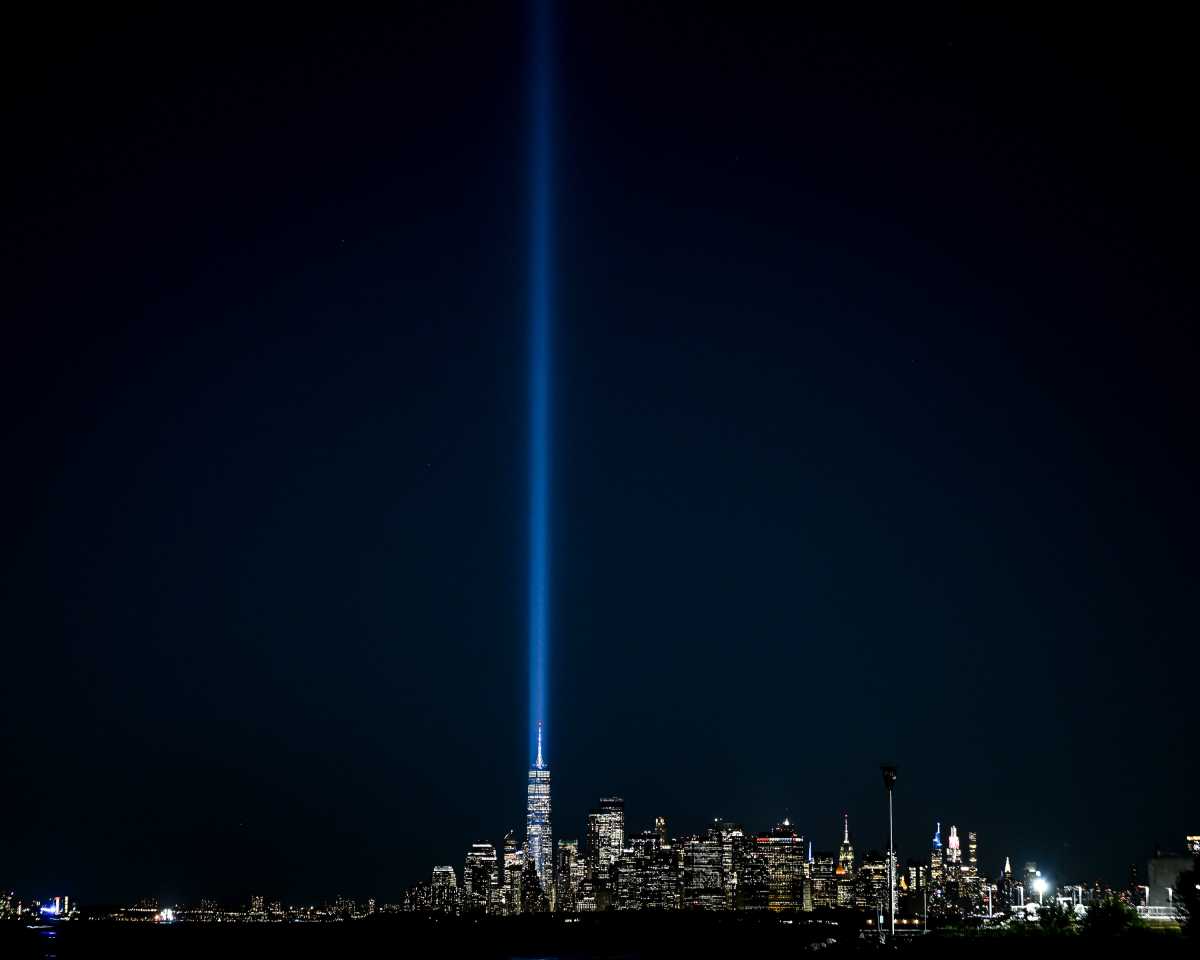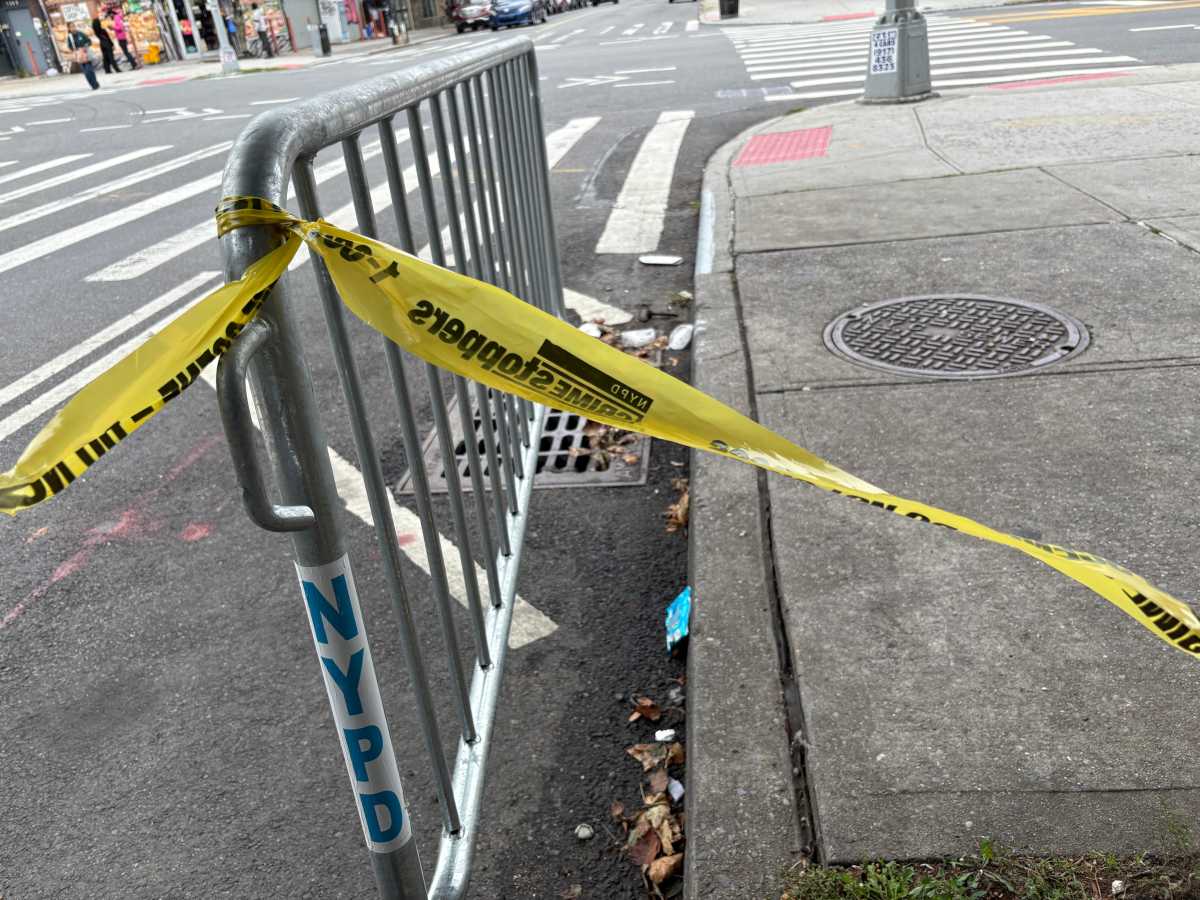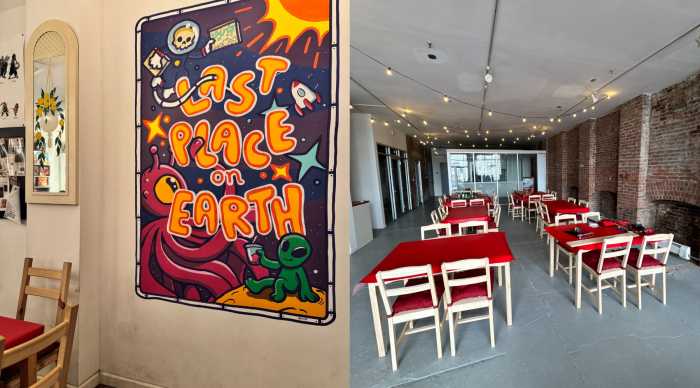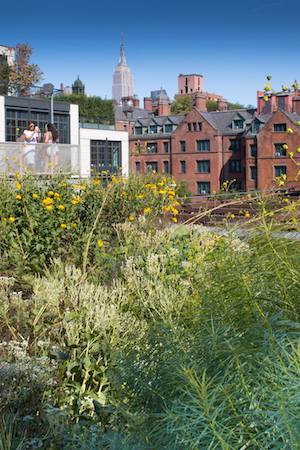
BY DUSICA SUE MALESEVIC | For the Chelsea Grasslands — a section of the High Line between W. 18th St. and W. 20th Sts. — the most wonderful time of the year has arrived.
Throughout September, events, tours, family programming, food, and a panel discussion will celebrate this singular section of the elevated park that evokes wild prairies.
“We wanted to do something a bit differently,” said Andi Pettis, director of horticulture at Friends of the High Line, about the month-long celebration. “This garden, in particular, was designed for early fall. It’s really at its most beautiful.”
Pettis said the grasslands “looks like a whole different world” in September and October with brown, mauve, gold and tawny tones contrasting the green lushness of June.
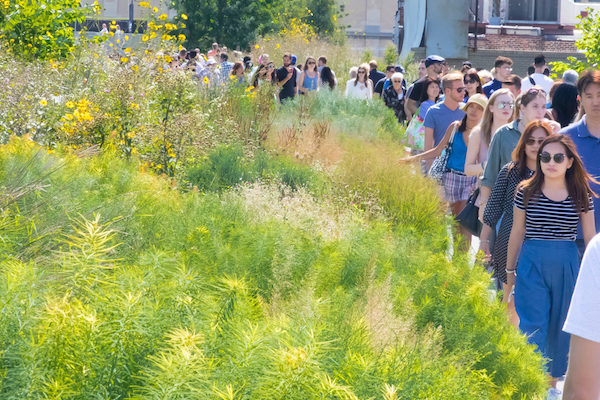
Landscape and garden designer Piet Oudolf created the planting design on the High Line, and the Chelsea Grasslands opened as part of the first section, from Gansevoort to W. 20th Sts., in June 2009.
Pettis was hired as one of the first gardeners for the park when it opened, and, at that time, she helped to maintain the perennials, trees and shrubs, grasses and vines that populate the Chelsea Grasslands.
Unlike traditional gardening, there is no “deadheading” — cutting off a bloom when it dies — in the section, she explained in a phone interview.
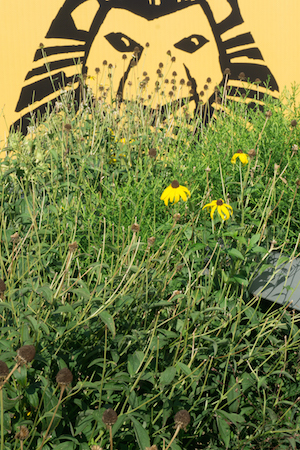
The “Sundown” coneflower, echinacea purpurea, is a perennial that, when it blooms, has an orange/pink flower, Pettis said. Instead of cutting that bloom when it dies, nature takes its course and the petals fall off. What is left is a spiky cone that contains seeds, she explained.
“It has a great presence in the garden — it adds texture,” she said.
Leaving the plants standing year round is the design ethos of the Chelsea Grasslands, a part of Oudolf’s natural design, she said.
When seeds from the plants fall, Pettis said that the gardeners let some of the new seedlings grow.
“The plants decide where they want to live, and then we edit that process,” she noted. “We let the garden shape itself to a certain extent.”
The gardeners look for shape, texture, color and bloom time when editing.
As part of the celebration, the High Line is doing something new: labeling 12 plants. Pettis talked about one of her favorites grasses in the Chelsea Grasslands that will be highlighted: “Standing Ovation” little bluestem, schizachirium scoparium.
Pettis explained that the little bluestem, along with switch, Indian grass and big bluestem, are considered the pillars of prairie grasses (sometimes referred to as the “four horsemen”).
“When you think of a prairie, those are the grasses that are very prominent,” she said.
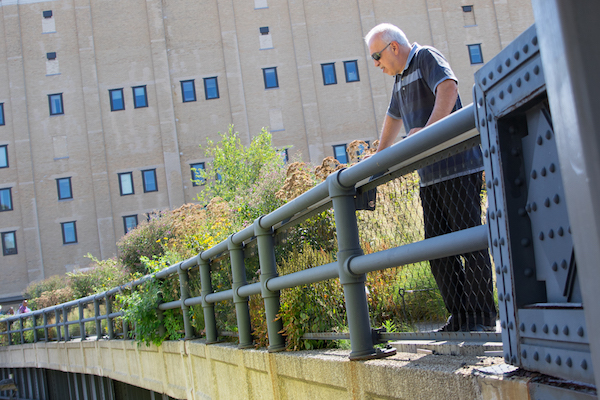
In the spring and summer, the little bluestem is a rich blue color that turns pink, silver and mauve tones during the late summer and fall, she said. Pettis said this grass is called “Standing Ovation” because it is able to stand upright while other varieties flop over.
Another perennial in the grasslands is the compass plant, silphium laciniatum, which has leaves that can grow up to 18 inches. It has stalks that shoot for the sky with a small sunflower-like flower when it blooms.
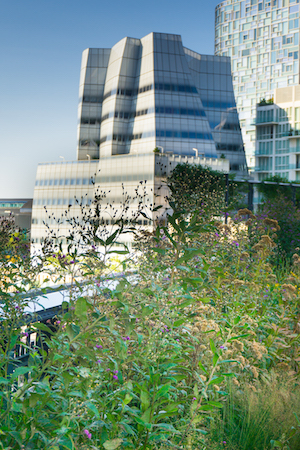
Pettis is excited about the tours that will be offered during the month. She said the gardeners designed the tours, which they have dubbed roving classes.
On Sept. 13, at 9am and 6pm, the “Ecology of a Grassland” tour will take a look at the prairie ecosystem and the environmental factors that affect it. On Sept. 20, at 9am and 6pm, the “Human Experience of the Grasslands” will explore the cultural significance of the plants and the landscape, as well as how humans have used the prairie, she said.
Family programming on Sept. 24, from 10am to 2pm, will focus on the plantings of the Chelsea Grasslands and other parts of the park. For each Wednesday during the month, people will be able to ask questions of High Line gardeners in the Chelsea Grasslands via Facebook Live at 1:30 p.m. Select vendors will sell Chelsea Grasslands-themed food, including strawberry lemongrass pop, sweet corn gelato, and wheat berry salad.
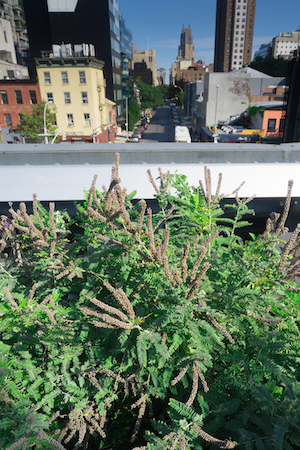
Pettis will moderate the “Grasslands Panel” on Sept. 26 from 6pm to 7:30pm, which will include Oudolf, Uli Lorimer, who is the curator of native flora at the Brooklyn Botanic Garden, and writer and photographer Annik La Farge.
In 2008, La Farge moved to W. 22nd St. and started writing the blog “Livin’ the High Line” in 2009.
“The High Line is right outside my office window,” she said in a phone interview.
After the first section opened, work began on the second, and she was riveted watching the men work, she said.
“I’ve been in love with this place for a long time now — watching it evolve and change,” said La Farge, who goes the park every day.
She added, “It’s always beautiful — it’s just beautiful in a different way from your last visit.”
La Farge also wrote “On the High Line: Exploring America’s Most Original Park,” which was first published in May 2012. The second section of the park, from W. 20th to W. 30th Sts., opened in June 2011, and the third section, the Rail Yards, opened in September 2014.
During the panel, La Farge will talk about the cultural landscape of the Chelsea Grasslands. What she loves about standing in that section is that she is able to take in the “layers in the landscape” — architecture, both modern, like Barry Diller’s glass IAC building, and classical, such as the General Theological Seminary’s bell tower.
“It’s a place where there are a lot of juxtapositions,” she said.
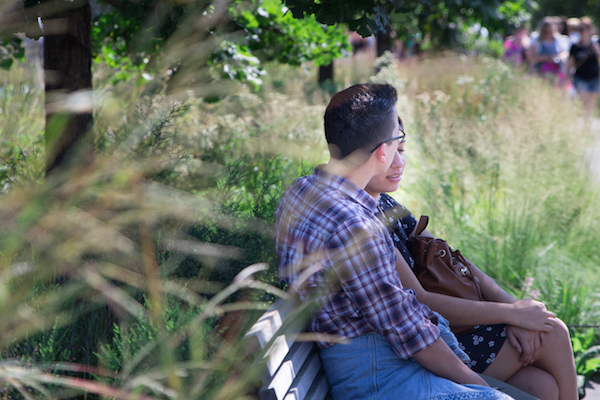
La Farge will also talk about the different buildings and structures in the area — what they once were, compared with their function now. For example, the performance space The Kitchen was once an ice factory, and the Merchants Refrigerator Building is now home to the Drug Enforcement Agency and other government agencies.
For more information about the Chelsea Grasslands and to RSVP for events, go to grasslands.thehighline.org. Annik La Farge’s blog is livinthehighline.com.



